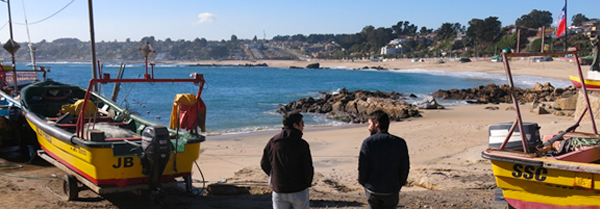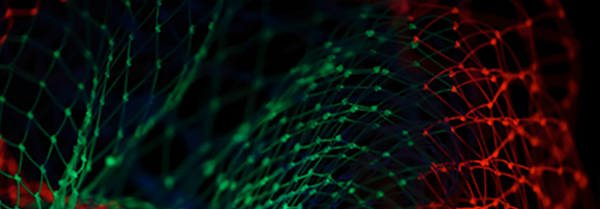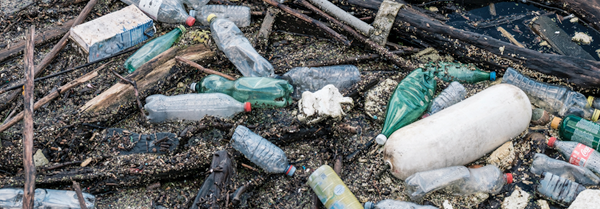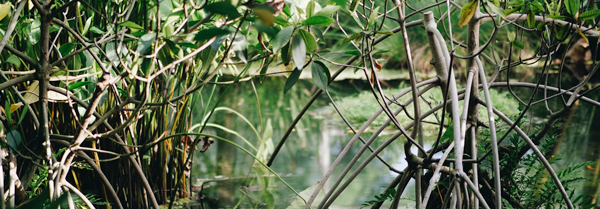
Halfway through February, and 2019 is already full of oceans and fisheries developments. Whether its legislation in Chile to help combat illegal, unregulated and unreported fisheries; damage to the Great Ocean Cleanup’s plastic-catching system; or strong words and promised action from world leaders, oceans and fisheries are making headlines.
Here at Future of Fish, we’ve been thinking about the “big things” to watch in 2019—those initiatives and topics that may be critical drivers of more sustainable fisheries and healthy ocean ecosystems. Given that no one intervention or action alone is going to result in the change we need to see, it’s heartening to read about work happening in a broad range of areas.
Here are five things we’re keeping an eye on in 2019. And we’re curious to know: What’s on your radar for this year?

People and Fish
The health of the environment and communities are inextricably linked. So, it makes sense to put the health and wellbeing of people at the centre of work towards healthy, sustainable fisheries in coastal communities. This year, we’re please to see continued growth of social innovation, along with environmental improvements, in the world of fish.
Gender perspectives are also entering the discussion around fisheries. We’ve recently read about programs to build skills in traditionally male-dominated areas, summits specifically for women in seafood leadership, and the growing understanding of how changes to supply chains can affect the work of women. We hope to see this holistic approach to fisheries development continue, as it has the power to help catalyse long-term, systemic change.

Transparency
In a nutshell, transparency is about being able to see and understand how something works. There is a growing demand for transparency across the seafood sector, from release of Vessel Monitoring Data by countries to public platforms like Global Fishing Watch, to increased pushes for mandatory monitoring of a vessel’s catch through video or in-person monitoring. We’re also seeing increased customer demand to understand the full supply chain of a product, and recommendations for nation states and private sector to have reporting requirements to show how they meet voluntary sustainability goals.
The broad range of ways that transparency can be applied to seafood supply chains—coupled with its easy conflation with ideas like traceability and accountability—means there’s a risk that transparency might just become the next confusing, empty buzzword. While requiring transparency is one way to encourage entities to operate under best practice or the law, it’s not enough on its own. Transparency must be paired with requirements (legislative or otherwise) and enforcement (checking that things are actually happening) in order to have any real impact. We’ll be watching and participating in this space to ensure the push for transparency is one that can drive meaningful change.

Supply chains meet the Blockchain
People have been promoting the potential for blockchain to bring game-changing transparency and trust to complex supply chains for a while now. We’re starting to see the move from theory into practice, including new companies, such as FishCoin, dedicated to using Blockchain to drive improvements in fisheries. WWF has already started a pilot project to track tuna as it moves through the supply chain and if all goes to plan, it might not be long until you can scan a QR code on a can of (premium) tuna and see where it was caught.
However, the road to widespread implementation of blockchain across complex supply chains such as those in fisheries isn’t going to be easy. There’s organizational, governance and even societal barriers that need to be broken, as well as a number of tech-related bumps in the road to navigate. These include blockchain’s high energy consumption and its lack of scalability, although solutions to both problems appear to be in the works. We’re even seeing alternative systems appearing, including Holochain, which promises an open-source alternative.

One word: Plastics
Ocean plastic is a big deal. Over 8 million metric tons of plastic is estimated to go into our oceans each year, and the effects are devastating. There’s been a lot of focus on the reduction of single-use coffee cups, plastic bags and straws lately, with Indonesia (Bali) and New Zealand adding to the growing list of countries with bans on plastic bags and other packaging. Single-use was even Collins Dictionary 2018 word of the year. We’re hoping that 2019 sees innovative packaging solutions come to the fore to help stem the flow of plastic into the ocean at a production level.
Things are looking promising. Some exciting innovations have come out of the New Plastics Economy 2017 innovation prize, including a recyclable, magnetic coating which could be an alternative to aluminium package linings, packaging that looks and feels like plastic but is made from wood, and a one-piece coffee cup that eliminates the need for lids. On the investment side, new investment management firm Circulate Capital was founded to finance companies and infrastructure that prevent the flow of plastic waste into oceans, with over $100million in expected funding announced so far.
Plastics are a big deal to fisheries—they harm the marine environments that support healthy fish stocks, and there are increasing concerns about how microplastics may impact our own health via the seafood we eat. While the science is still out, the prevalence of plastics found inside marine life threaten the reputation of seafood as a healthy food option. In 2019, we hope to see the increased focus on the ocean’s plastic problem spur seafood companies to help lead the way on reducing plastic use and introducing alternative packaging for seafood and beyond.

Blue Carbon
Coastal ecosystems such as mangroves not only prevent erosion and provide valuable environments for fish nurseries, they also absorb and store vast amounts of carbon. These coastal ecosystems—sometimes collectively called blue carbon ecosystems—are at risk of destruction, with around 35% of the world’s mangroves lost in the last half century due to clearing, climate change, and pollution.
Local communities around the world have started initiatives to reclaim and rejuvenate these coastal habitats, but restoring ecosystems is expensive. One way fund mangrove restoration projects is through carbon offsets, known as blue carbon financing. With blue carbon financing, projects that keep mangrove forests intact or restore damaged forests can be purchased and traded on the global market to compensate for carbon emissions made elsewhere. While some groups aren’t convinced that carbon offsets are the best way to maintain mangroves, they are nonetheless likely to become an important source of funding for projects that conserve critical ecosystems and promote sustainable livelihoods. We predict that Blue carbon offsets, payment for ecosystem services, and businesses that link their value to environmental stewardship all are likely to gain attention and support through 2019.



